Contrarian investors have been handed a gift this week by Mr. Market — an opportunity to buy high-quality dividend growth names on sale at multiyear lows.
Editors and financial writers clearly love “Retail Apocalypse” and “Zombie Mall” headlines. These sensational articles spin the facts to reinforce a story that attracts enormous page views — so expect to see a lot more of them.
We all know many department stores are struggling and some malls are on life support. This isn’t exactly breaking news. It was highlighted once again by J.C. Penney (JCP) poor Q1 results last week, which triggered a -14% drop in JCP shares. So, let’s totally avoid the department stores and regional malls for now.
How often do you go to the local supermarket? …
Read more


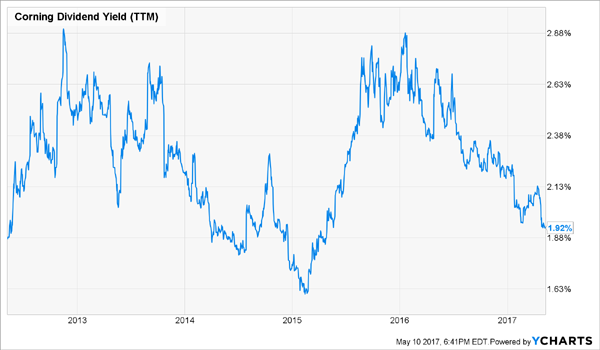
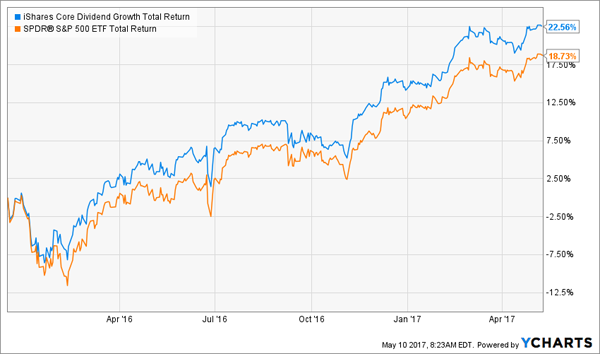
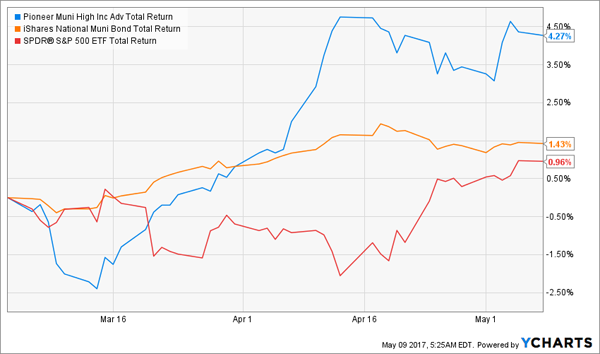
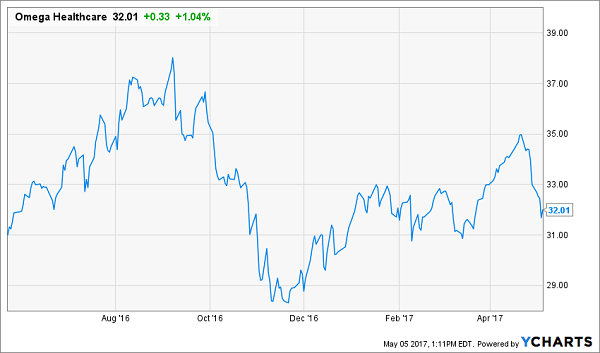
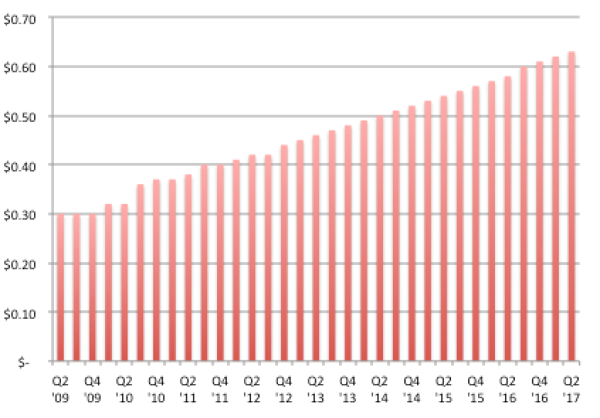
Recent Comments